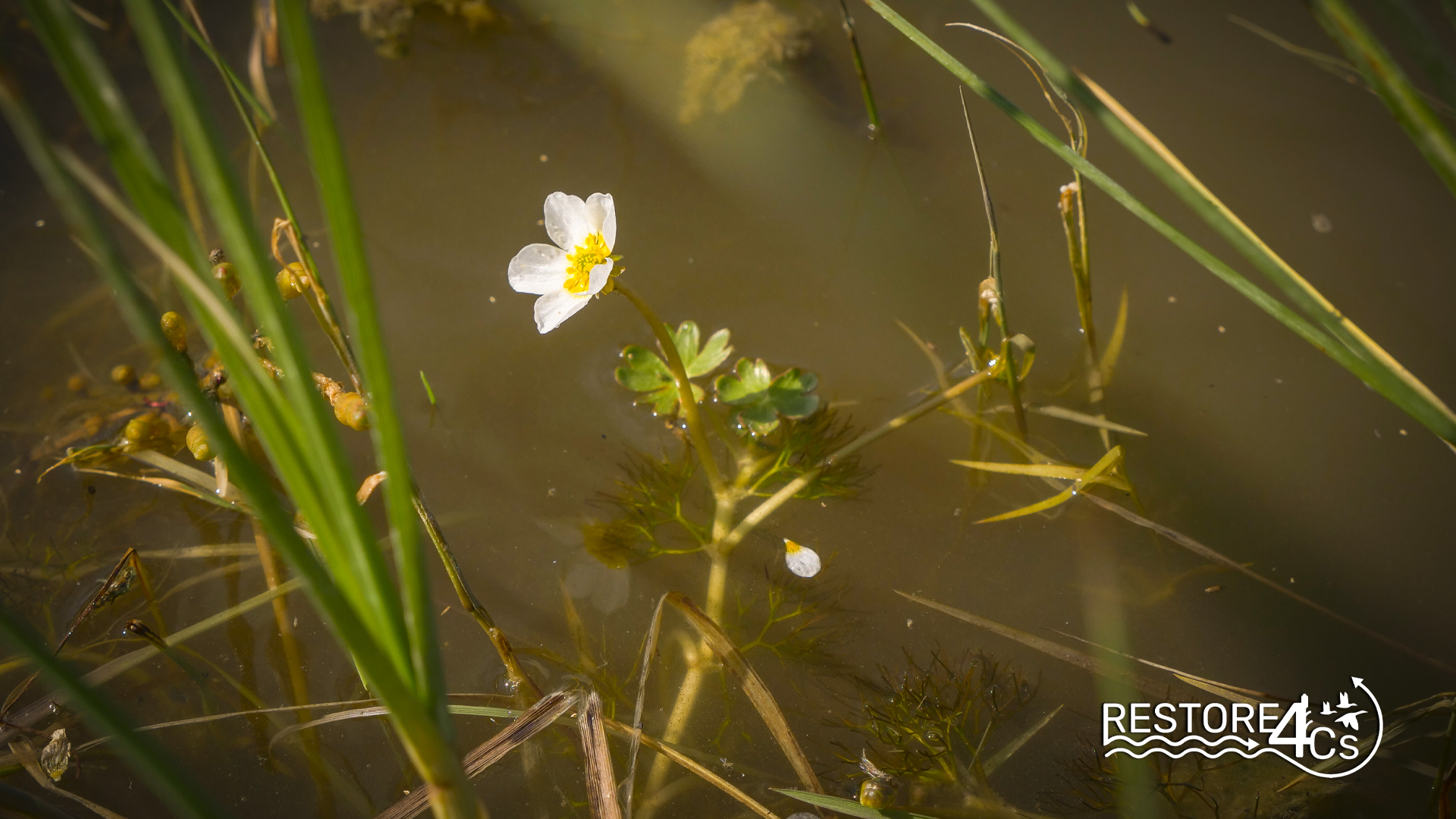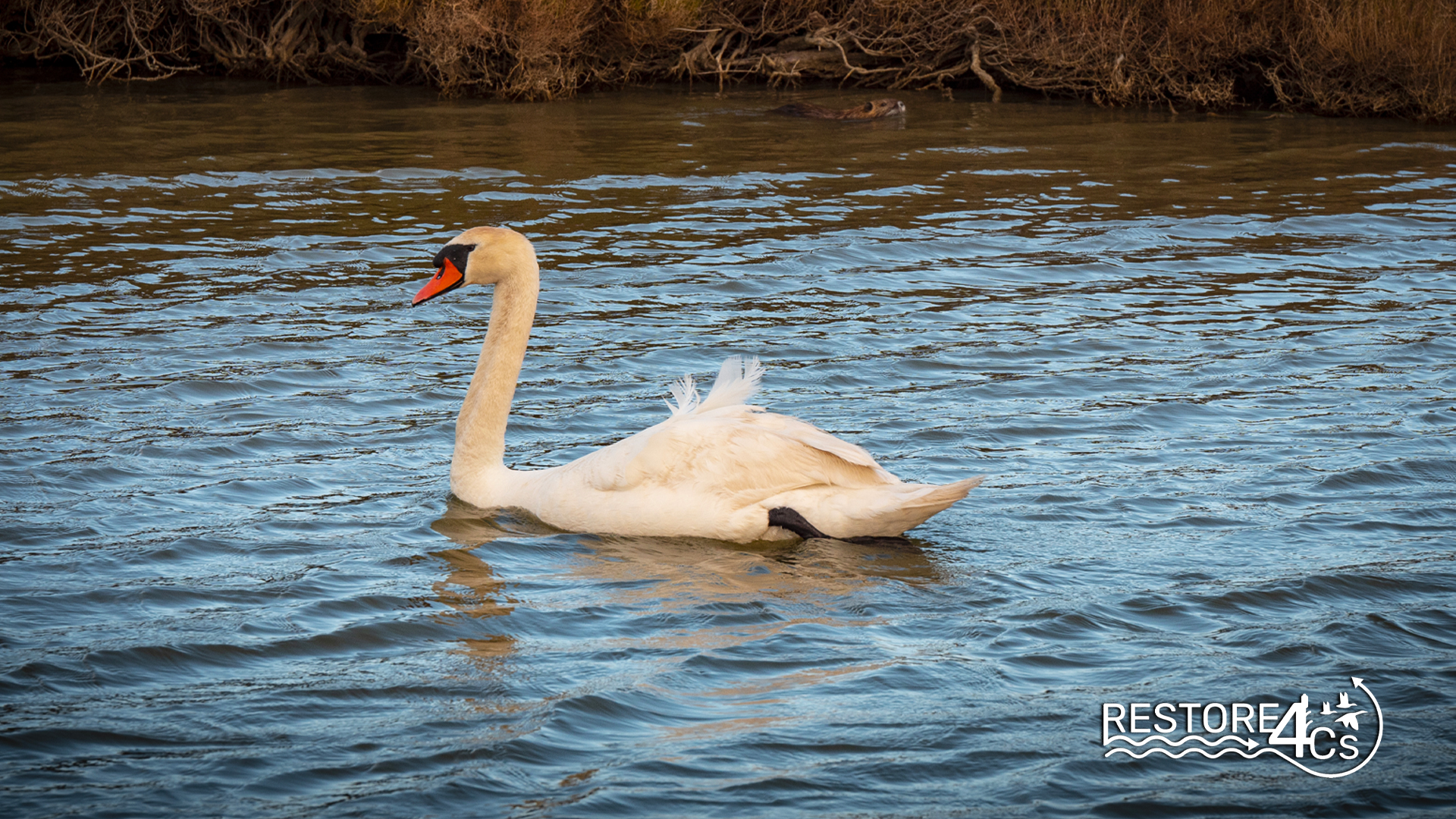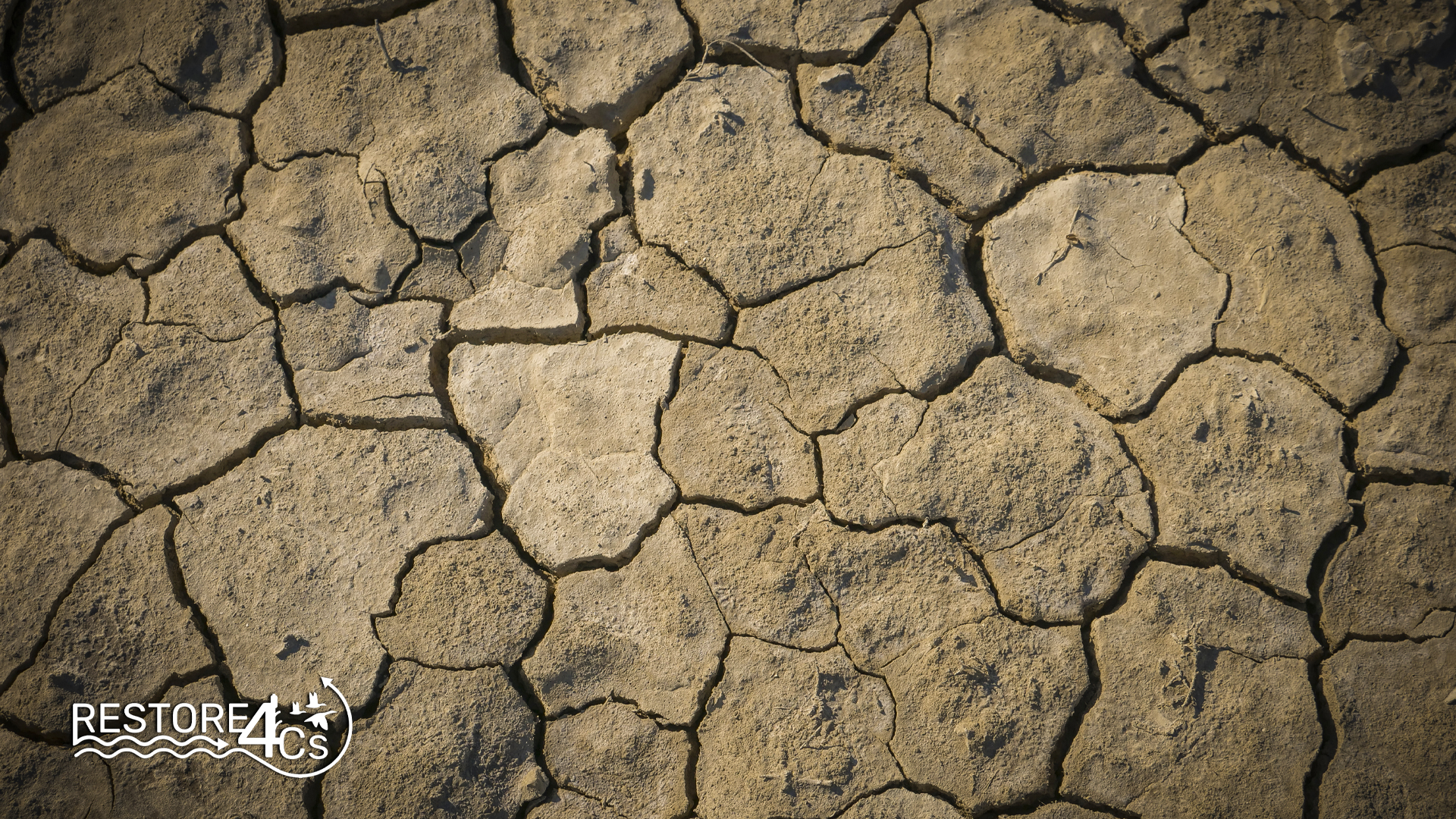
Camargue
- Home
- Case Pilots
- Camargue

Protection Status: Regional Park, National Reserve, UNESCO Biosphere Reserve, Natura 2000 SPA, SIC and IBA, Ramsar site.
Camargue
Located in the south of France, along the Mediterranean coast, the Camargue is the main territorial component of the Rhone delta. This large floodplain of more than 190,000 ha includes natural habitats such as lagoons, brackish/freshwater marshes with emergent or aquatic vegetation, as well as halophilous scrubs and steppes. These ecosystems are intermingled with agro-systems dominated by rice paddies and other irrigated crop, including vineyards and fruit trees. Through a complex network of irrigation and drainage channels, 730M of cubic meters of water are pumped from the Rhone on average each year to compensate for river embankment, avoid soil salinisation, and enhance primary production (overcome summer drought). Half of this water is returned to the Rhone through drainage channels, the other half being evacuated to the main lagoon in the Camargue, the Vaccarès. This water, primarily pumped for rice farming, is also used for flooding marshes, wildfowl hunting and reed harvest, as well as for irrigation of wet meadows. Pesticides used for rice farming have been shown to affect biodiversity, but management options to reduce pesticide use (organic farming, dry sowing, winter flooding) with positive impacts on wildlife are gaining in popularity.
Wetland ecosystems of the Camargue are important for a range of regulating ecosystem services such as climate regulation, flood mitigation, water purification and nutrient cycling. They also provide important provisioning and cultural services through agriculture, fishing, cattle grazing, wildfowl hunting and bird watching. Each habitat type has a different dependency on water management, and resilience to fluctuations in water levels and salinity. External factors influencing agricultural land use (e.g. CAP reform, global market evolution for rice or biofuels) or hydrological conditions (increased salinity in the Rhone estuary, reduced rainfall due to climate change, sea level rise) will affect the functions, biodiversity and services of these habitats, with potential tradeoffs among provisioning, regulating and cultural services. For instance, wetland management for wildfowl hunting has resulted in the imposition of hydrological conditions as opposed to natural cycles. This affects the native Mediterranean flora and fauna adapted to seasonal brackish wetlands and increases vulnerability to invasive plant species. Flooding of habitats such as rice paddies, hunting marshes and wet meadows during the warmer seasons further increases mosquito abundance, with deleterious effects on ecotourism, and alters the overall carbon-abatement capacity of wetlands in the Camargue. In addition, inadequate grazing practices can lead to severe habitat degradation when combined with unsuitable hydrological management.
Achievements
- Lorem ipsum dolor sit amet, consectetur adipiscing elit.
- Lorem ipsum dolor sit amet, consectetur adipiscing elit.
- Lorem ipsum dolor sit amet, consectetur adipiscing elit.
WHY THIS CASE PILOT MATTERS
The research carried out at this Case Pilot
Hydrology is a prime factor influencing Mediterranean wetland functions, biodiversity, and services, particularly those mitigating climate change effects, such as carbon sequestration. In semi-permanent and temporarily flooded environments, either brackish or freshwater, seasonal variations in water levels are particularly crucial for the maintenance of emerged and submerged vegetation as well as the quality of the bacterial flora in the sediments, both key elements in the gas flux exchanges between wetlands and the atmosphere.
Thanks to the great diversity of its landscape, the Camargue offers a multitude of habitats with highly contrasting hydrological conditions and, therefore, different capacities in terms of carbon abatement. Additionally, due to the urban and agricultural development, most of the coastal natural and human-made wetlands in the Camargue (shallow lagoons, salt and freshwater marshes, natural wet meadows, rice paddies, temporary ponds, etc.) are disconnected from their catchment, requiring active water management to maintain or enhance their functions. Further reduction in freshwater availability and quality either due to changes in land use, water allocation, or climate is increasingly threatening the functions, biodiversity, and ecological values of these habitats. Finally, the growing number of wetland restoration actions in the Camargue, whether active or passive, also offers the possibility of measuring and monitoring their benefits in many aspects, including climate regulation ecosystem services.
For all these reasons, the Camargue is a remarkable open-air laboratory for studying the impact of these practices, whether positive (e.g. restoration) or negative (e.g. hydrological alterations), on the capacity of coastal wetlands to sequester or emit GHGs and, consequently, to mitigate the effects of climate change.
Located in the south of France, the Camargue is the main territorial component of the Rhone delta.
Wetland ecosystems of the Camargue are important for a range of regulating ecosystem services such as climate regulation, flood mitigation, water purification and nutrient cycling.
Camargue includes various Natura2000 sites (7 Habitat and 4 Bird SAC and SPA), two Ramsar sites, a UNESCO Man and Biosphere (MAB) reserve, two Natural Regional Reserves and two Natural National Reserves.
A growing number of wetland restoration actions in the Camargue offer the possibility of measuring and monitoring their benefits in many aspects, including climate regulation and ecosystem services.
A remarkable open-air laboratory for studying the capacity of coastal wetlands to sequester or emit GHGs and, consequently, to mitigate the effects of climate change.
KEY SCIENTIFIC PAPERS
25/03/2024
Lorem ipsum dolor sit amet, consectetur adipiscing elit, sed do eiusmod tempor incididunt ut labore et dolore magna aliqua
Authors: XXX, YYY, ZZZ
25/03/2024
Lorem ipsum dolor sit amet, consectetur adipiscing elit, sed do eiusmod tempor incididunt ut labore et dolore magna aliqua
Authors: XXX, YYY, ZZZ
25/03/2024
Lorem ipsum dolor sit amet, consectetur adipiscing elit, sed do eiusmod tempor incididunt ut labore et dolore magna aliqua
Authors: XXX, YYY, ZZZ
25/03/2024
Lorem ipsum dolor sit amet, consectetur adipiscing elit, sed do eiusmod tempor incididunt ut labore et dolore magna aliqua
Authors: XXX, YYY, ZZZ
Local STAKEHOLDERS
Involved Staff
Timeline
02/10/2023 – 06/10/2023
1st Sampling Campaign
20/05/2024 – 24/05/2024
3rd Sampling Campaign
04/03/2024 – 08/03/2024
2nd Sampling Campaign
29/07/2024 – 02/08/2024
4th Sampling Campaign

















